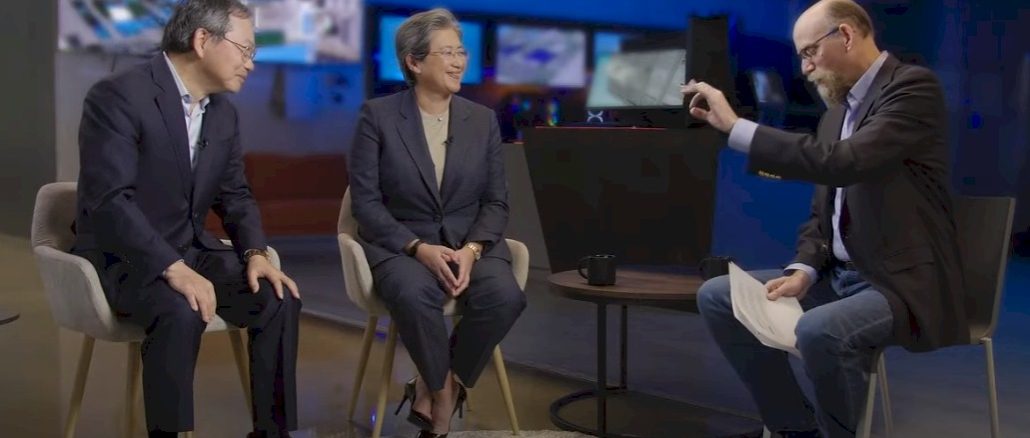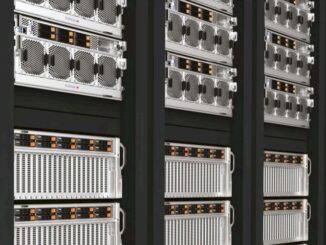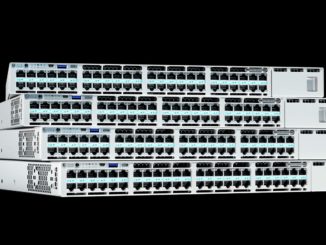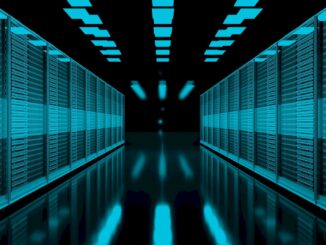
Sponsored Feature: With every server CPU launch, component and system maker Supermicro always wants to be at the front of the line to offer its channel partners and large direct customer base the opportunity to get systems based on the hottest new technologies. And with the 4th generation EPYC processors from AMD, also known by their “Genoa” code name, the situation is no different.
Supermicro had its H13 generation systems – comprised of the GrandTwin multi-node servers, its two-socket Hyper systems, its single-socket CloudDC systems, and its four-way and eight-way GPU Optimized systems – ready to go when they were first announced on November 10.
And the company is seeing tremendous pull from customers for full systems, as well as motherboards and enclosures for those partners that build custom systems for their own clients.
As part of the 4th Gen AMD EPYC rollout, we sat down with Dr Lisa Su, chief executive officer of AMD, and Charles Liang, chief executive officer of Supermicro, to talk about the Genoa chips and the immediate and long-term future of computing in the datacenter.
We covered a lot of topics in the interview, but focused on the momentum that both AMD and Supermicro are seeing in their datacenter businesses, and how important energy efficiency is becoming in the datacenter as electricity prices skyrocket in Europe and other parts of the world. Electricity costs well above $1 million per megawatt-year in a lot of countries and is becoming an increasingly important issue in the calculation of total cost of ownership (TCO).
But perhaps equally as important to determine the architecture of the server infrastructure that organizations create is the predictability of the server CPU roadmaps coming out of chip suppliers, and the availability of parts across a wide variety of SKUs to meet different customer needs. We asked Su for her opinion on just how critical roadmaps are at this stage of the game, noting that customers don’t buy products at this scale; they buy into long-term delivery strategies with a commitment to steady price/performance and performance/watt improvements.
“I would say that of course the product is important, and we are always going to push the envelope on performance, performance per watt, and overall socket-level capability,” Su explains. “But I have to say that roadmap dependability is so important, and I would say that trust is so important. If you think about what we have done over the past five-plus years with EPYC, it has really been about building that trust with the customer set, with all of our OEM partners – we love the relationship with Charles and Supermicro, he has phenomenal platforms with EPYC. We have very, very deep engagements with the OEM and ODM channels as well as with the largest cloud providers. And what we want to say is: ‘This is our roadmap, you can count on us and we’re going to deliver on schedule, at or exceeding performance, and please commit your most important infrastructure with AMD.”
There are a lot of issues at play in the datacenter today: customers want more performance, but the slowdown in Moore’s Law improvements in transistor density means systems are throwing off a lot more heat. Luckily, the performance is climbing faster than the thermals for server processors and is rising a lot faster than the price of these compute engines. That means performance per dollar and performance per watt are both making big strides with AMD’s Genoa chips.
With every new generation of server processor and the systems that use them, there is an opportunity to not only drive performance, but also to drive down the total cost of compute and therefore allow companies to get more done within the same IT budget, or actually even cut costs.
There is strong pull for the 4th Gen AMD EPYC processors among the Supermicro base, which is not surprising given the huge leap in performance they offer over prior EPYC chips and alternatives among server CPU makers.
“People like performance per watt,” says Liang when asked what the driving factor is when it comes to shifting to chips like the Genoa EPYCs. “The power consumption with EPYC Gen 4 can be 30 percent to 40 percent higher, but the performance can be 75 percent higher – or even double. So people really like that, especially in today’s datacenter where people need a lot of computing power. With our building block solutions, it has made our engineering much easier to make a big range across the product line – all optimized for different workloads. Today, we have fifteen products all ready to go.”
In this interview, The Next Platform also asks:
- What is driving the increasing momentum of AMD’s datacenter business with each successive EPYC generation?
- How is Supermicro growing at least 3.5X faster than the server market at large?
- With electricity prices on the rise, how important is power efficiency at the CPU level, the system level, and the rack level?
- Can the rate of advancement that AMD has seen in the previous four generations of EPYC processors be sustained over the next four generations of EPYC CPUs in the future?
Sponsored by Supermicro.





Be the first to comment